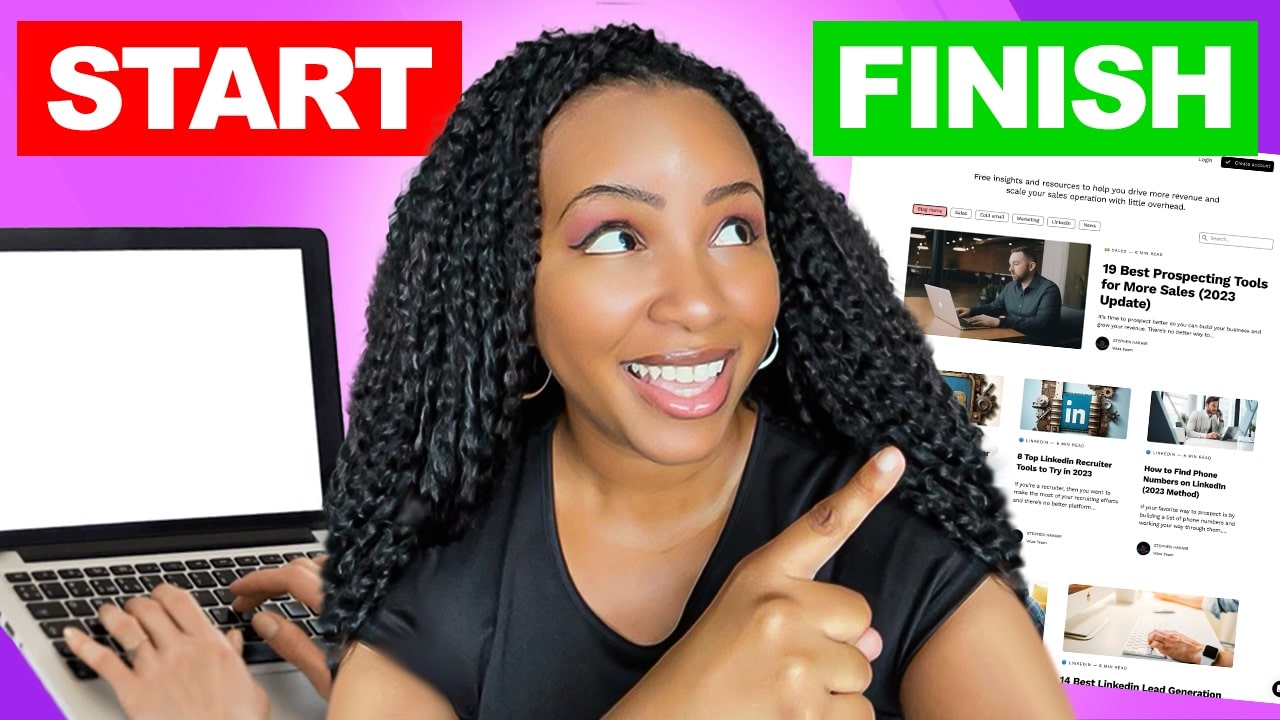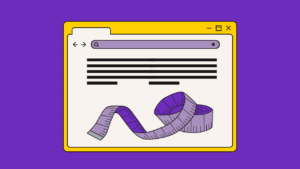🚀 NEW Blog Booster: The EASIEST Way to Update OLD Outdated Blog Posts for SEO 👉 See it NOW!
Mastering How-to and Question Blog Posts

In the digital age, how-to and question blog posts have become invaluable resources for readers seeking knowledge.
From mastering simple tasks to understanding complex topics, these articles are pivotal in delivering step-by-step guidance and answering pertinent questions.
Today, we’ll dive into the essence of crafting these posts to enhance your blog’s value and engagement.
The Essence of How-to Blog Posts
How-to blog posts are designed to teach a skill or process, guiding readers through each step with clarity and precision. Whether it’s gardening, starting a YouTube channel, or any skill in between, the goal is to transition your reader from novice to knowledgeable by the article’s end.
For instance, starting a YouTube channel involves more than just an idea; it requires a name, content strategy, and a step-by-step setup guide.
These posts should not only instruct but also engage and inspire readers to take action.
The Power of Question and Answer Articles
Question and answer articles serve as a resource for readers seeking specific information. Unlike AI, which might provide a straightforward answer, these articles delve into the ‘why’ and ‘how,’ offering depth and insight.
Take “What is the best time to visit Walt Disney World?” as an example. A simple AI response does not compare to an article enriched with personal experience, tips, and even infographics that consider factors like weather, crowd levels, and pricing.
These details transform a simple query into a comprehensive guide.
Crafting Your Article
When creating a how-to or question article, consider the following structure:
- Introduction: Set the stage for your readers, outlining what they will learn.
- Body (How-to/Instructional Steps): Break down the process into manageable steps. Use headings (H2, H3) to organize your content, making it easier for readers to follow.
- FAQ Section: Address common questions related to your topic. This not only adds value but also enhances your article’s SEO by targeting snippets and related queries.
- Tips and Tricks: Offer additional advice, insights, or ‘power tips’ to give readers more value.
- Conclusion: Wrap up your guide, summarizing key points and encouraging your readers to take action.
Create SEO-Optimized Blog Posts with First Draft PRO in Minutes!
👋 Say Goodbye to Endless Hours of Research and Writing
Optimizing for SEO
Remember to incorporate keywords naturally throughout your article. For how-to posts, place your keyword at the beginning of the title (e.g., “How to Start a YouTube Channel: A Step-by-Step Guide”).
Enhancing your title with a bonus tip or insight can also increase click-through rates (e.g., “How to Grow on TikTok + 10 Power Tips”).
Engagement Through Design
Utilize formatting elements like bolding, bullet points, and infographics to make your article more engaging and readable.
Strategic placement of ads or call-to-actions (CTAs) can further enhance engagement, turning readers into active participants or customers.
🎓 Join the Ultimate Blog Ranking Academy!
Unlock the Secrets to a $10,000 per-month Blogging Income




